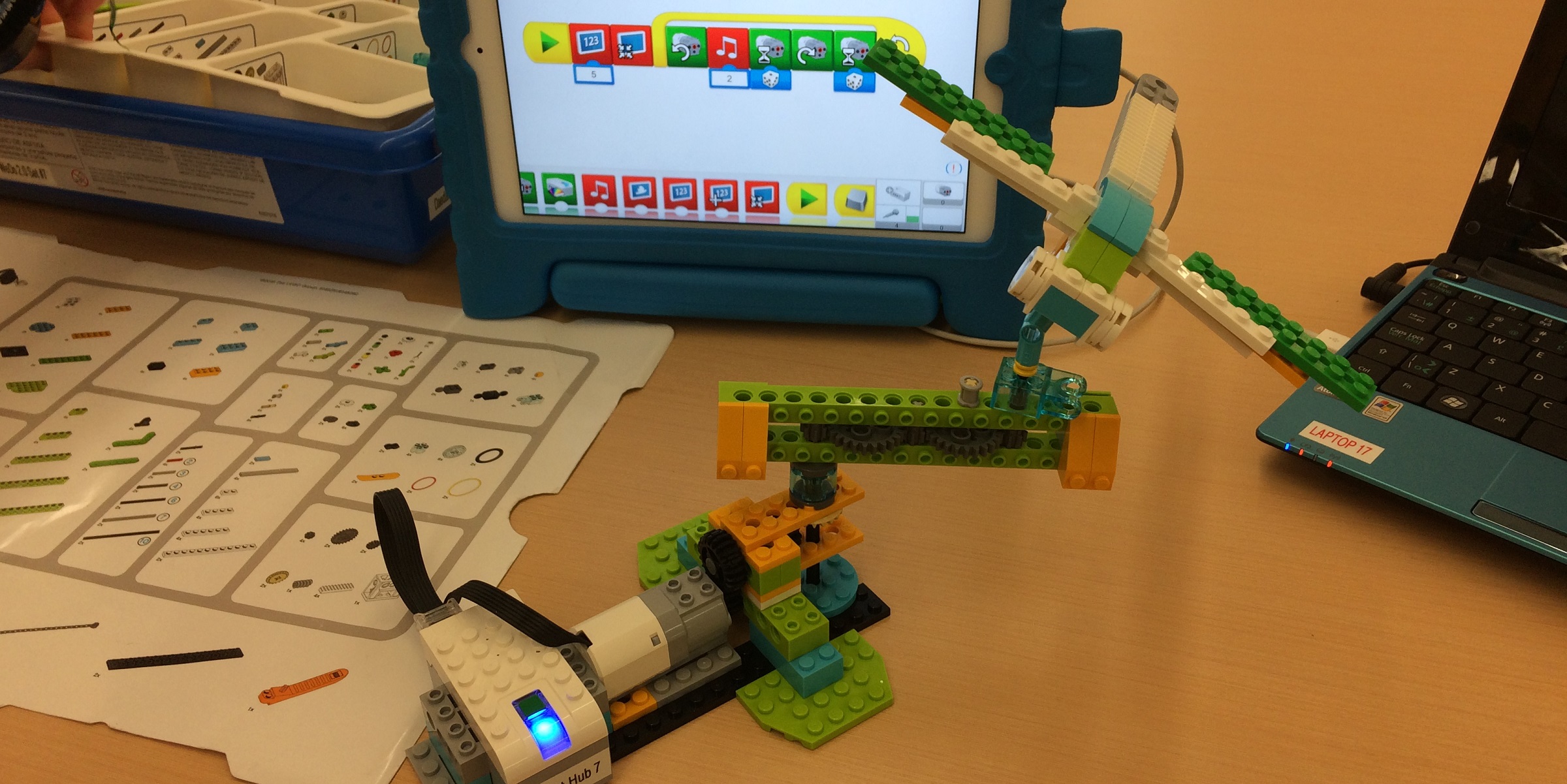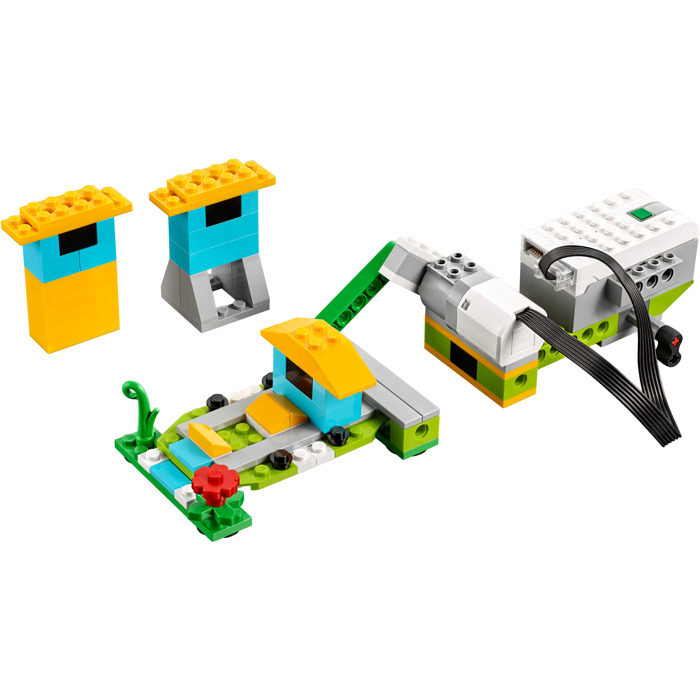
The student uses documentation but some critical elements are missing and inconsistently exhibits accuracy in changing only one variable at a time during the investigations.The student does not complete all necessary documentation throughout the investigations and rarely exhibits accuracy in changing only one variable at a time during the investigations.The student is able to extend the explanations in discussion and describe in detail the factors that may influence a structure’s resistance to an earthquake.ĭuring the Create phase, make sure the students uses documentation to record predictions and findings and changes only one variable at a time as he/she conducts the investigations.The student is able to provide adequate answers to questions, participate in class discussions, and describe elements that may influence a structure’s resistance to an earthquake.The student is able, with prompting, to provide answers to questions or participate in discussions adequately or, describe elements that may influence a structure’s resistance to earthquakes.The student is unable to provide answers to questions or participate in discussions adequately.You can use these assessment rubrics with the observation rubrics grid, which you will find in the “Assess with WeDo 2.0” chapter.ĭuring the Explore phase, make sure the student is actively involved in the discussions, asks and answers questions, and can answer in their own words questions about earthquakes. Will the building resist the earthquake test?.What are the weaknesses of the structure?.What are the strengths of the structure?.Have one team describe and test the work of another team:

Have students explore different building compositions:Īllow teams to compare their building designs. Have them record their predictions and test each case.Īpplying the fact that a larger base will help a building resist a stronger vibration, challenge your classroom to build the tallest building that could resist a level 8 earthquake. The magnitude of the earthquake was increased, for example, up to level 8. Have your students predict what would happen to building A, B, and C if Have your students explore more elements that affect the buildings’ resistance to vibrations. Keep in mind that these tasks extend upon those in the “Investigate” section and are designed for older or more advanced students. Use the “Investigate more” section of the student project as an optional extension. Investigate more (optional, 45-60 minutes) Have your students collect their answers with text or pictures in the Documentation tool. Sometimes flexible structures or materials are more resistant than stiff and strong ones. Does “resistant” mean the same thing as “strong”?.


This answer should serve as the students’ hypothesis. What elements can influence the resistance of buildings during earthquakes?.1–10, the stronger the vibrations of the earth are. Scientist rate earthquakes on a scale they call the Richter scale. How do scientists rate the strength of an earthquake?.What causes earthquakes and what are the hazards they create?Įarthquakes are vibrations of the earth’s crust caused by the movement of the tectonic plate.

Have students document their comprehension, and refer back to these questions again during and after the Create phase. During the Explore phase, these questions are intended to elicit students’ initial ideas and/or summarize prior learning to evaluate the performance expectation for this project.


 0 kommentar(er)
0 kommentar(er)
